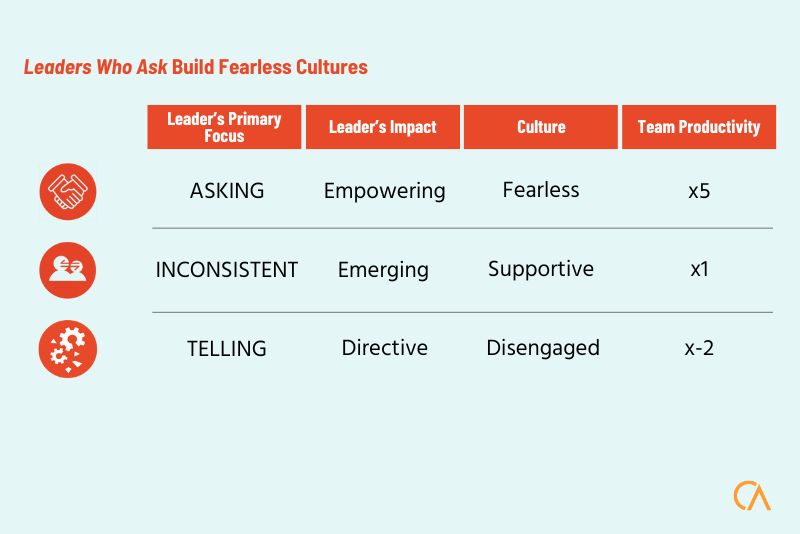
You will have noticed that there are many ways people respond to change – some more productive than others.
When I work with teams experiencing change, I start with the Change Capability model. I am always encouraged by their level of honesty in diagnosing where they currently sit on the ladder both individually, and as a team. The conversations that are sparked increase awareness and release the potential for greater flexibility to embrace change.
At the bottom of the Change Capability Ladder we have resistors: they are not only actively resisting the change by lobbing hand grenades from the sidelines, they are busy recruiting others to join their resistance cells.
The fare evaders are not actively resisting the change, they are simply avoiding it. After all, if they stay quietly focused on the work they want to do and in the way they want to do it, this change will pass.
Then we have the passengers. These are the ‘good corporate citizens’. They are accepting the change and will do exactly as you ask them.
You can see that as we move up the Change Capability Ladder, it takes less effort to implement change for greater impact. At the bottom three levels of the ladder, people are ‘surviving’ but we want our people and our organisations ‘thriving’.
Conductors accept fully and embrace the changes; they are actively encouraging others and bringing them along on the journey. When the majority of our people are conductors, it takes little effort to create impactful change.
At the top of the Change Capability Ladder we have drivers. These people are out to maximise the change; they are seeking other ways to leverage change activity for greater impact. (Of course we don’t want the majority of our team to be drivers – that would be chaos!)
Where, on the Change Capability Ladder, are you currently spending most of your time? What would it take to move up the ladder? How about your team?
What if your own unconscious change profile was part of your organisation’s inability to sustain change?
We are facing a time of unprecedented change and complexity. As leaders, we need to respond. Knowing and acting from your own change profile is the key to leading sustainable change.
If you want to know more, download the complementary White Paper Leading Change that Sticks here.
If you have feedback or questions I’d love to hear in the comments below.
Have an Extraordinary day
Corrinne
STAY IN THE LOOP





